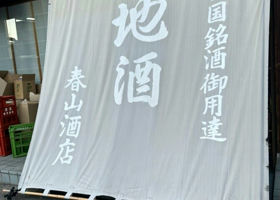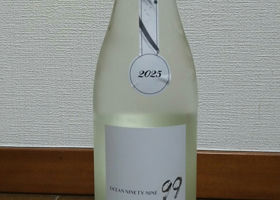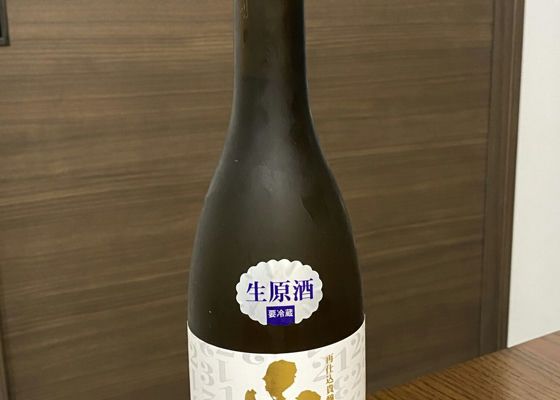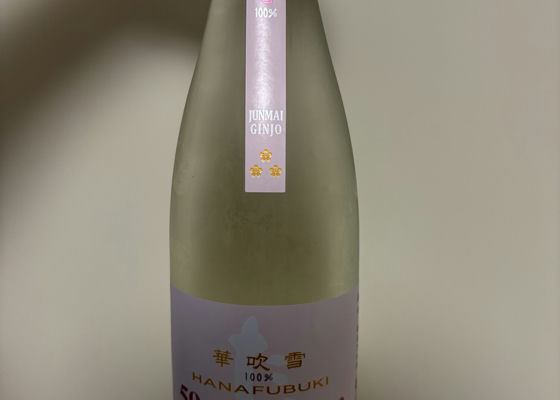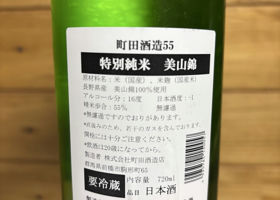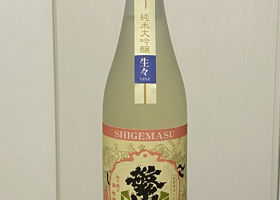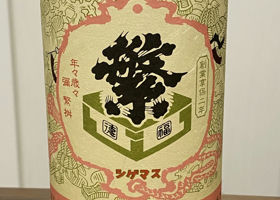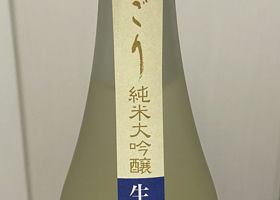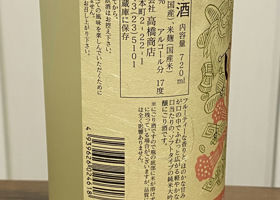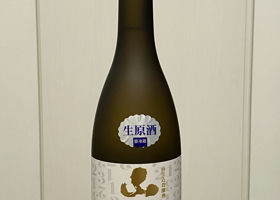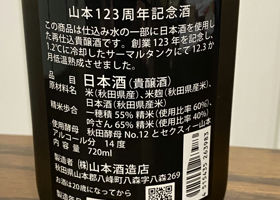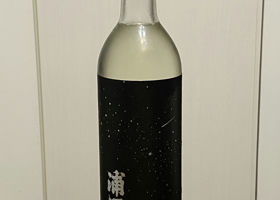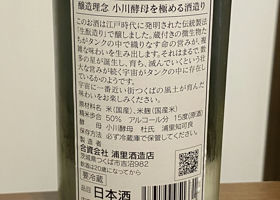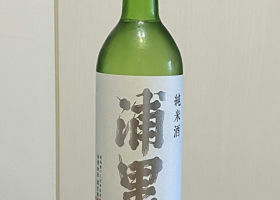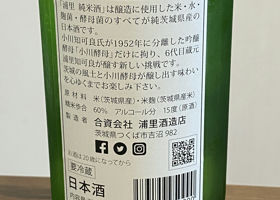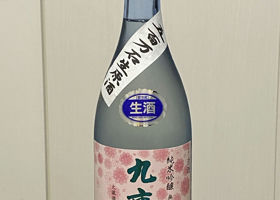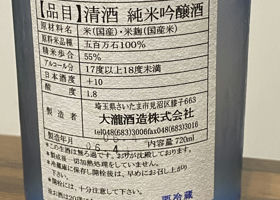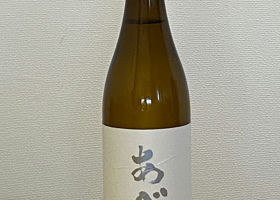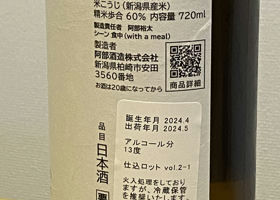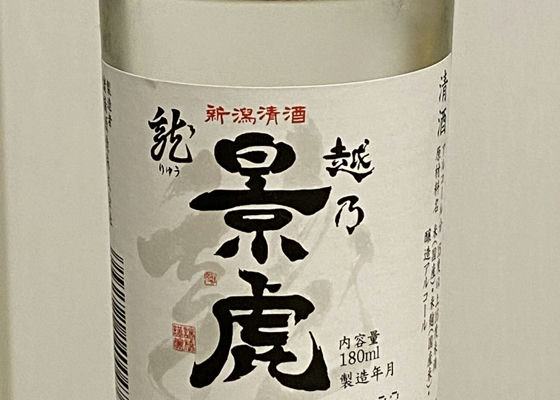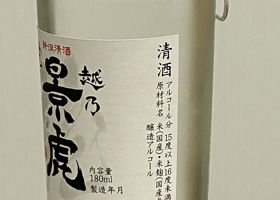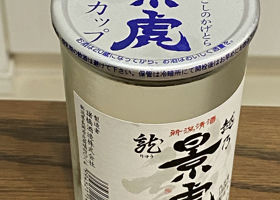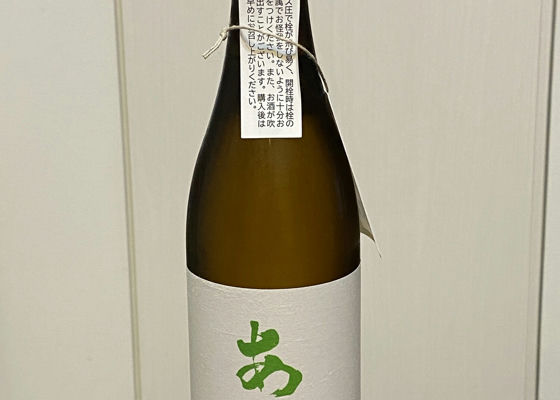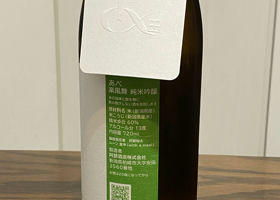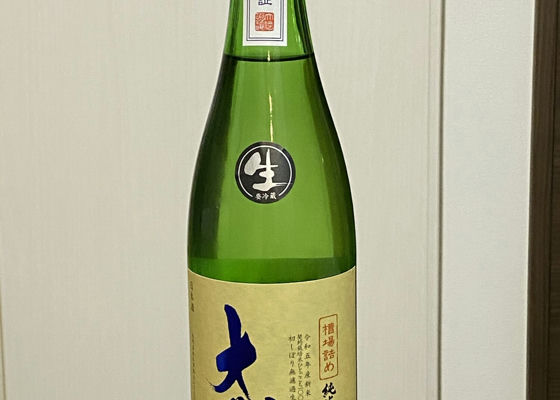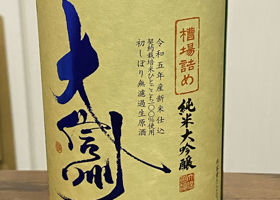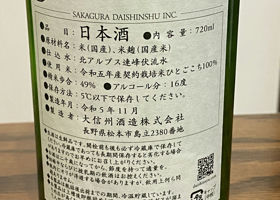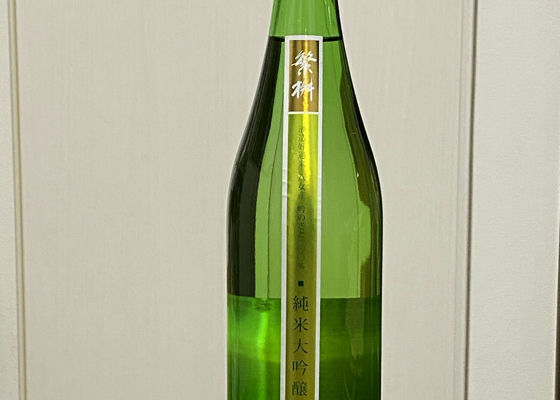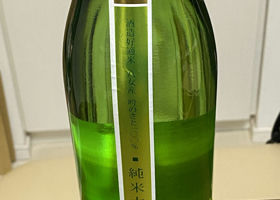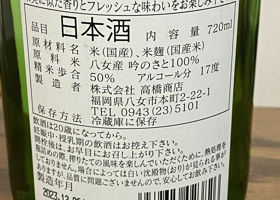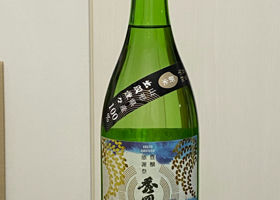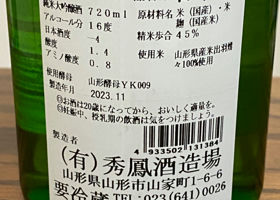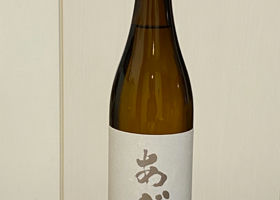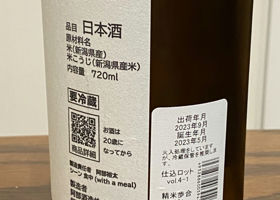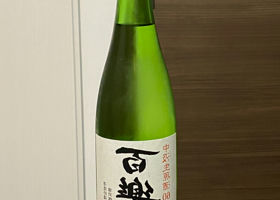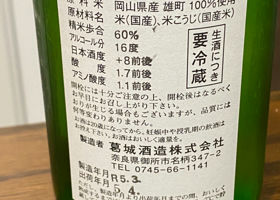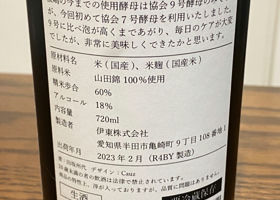Timeline
Y.TokushigeI bought a bottle in February and drank it, liked it so much I bought another bottle and put it to bed, and opened it!
It's still delicious.
Since it is a noble sake, I will enjoy drinking it a little every day as an aperitif!
But perhaps it was because it had been more than half a year since I first drank it, and the aroma seemed to be more angular than when I first drank it (or was it a slight twang?). But perhaps it is because it has been more than half a year since I first drank it.
Sake rice used: Ippozumi (60%), Ginsan (40%)
Rice polishing ratio→Ichihozumi 55%, Ginsan 65
Alcohol content→14%.
Yeast → Akita yeast NO.12, Sexy Yamamoto
Water used for brewing→Spring water from the Shirakami Mountains Y.TokushigeIt has a gassy, fresh, refreshing sweet and sour taste. The low alcohol content makes it light and easy to drink. It's perfect as a summer food wine! The price is also reasonable and I have no complaints. I will buy it again next summer!
Sake rice: 100% Gunma rice
Rice polishing ratio→Koji rice 35%, Kake rice 60
Alcohol content→13 degrees Celsius あまのPurchased at a store I hadn't been able to visit in a while.
I used to buy a bottle of Takachiyo here, so it's been a while.
The aroma is fresh and tart.
Green apple or apple-like?
The taste is sweet and astringent from the gasiness.
The aftertaste seems to run out.
Delicious. あまのI bought it at a store I hadn't been to in a while.
I had decided to buy this bottle when I went there because there are not many Machida's sold around here.
The aroma is green apple with a refreshing sourness. It also has a hint of pineapple.
The taste is sweet and tasty with a gaseous sensation.
Pineapple-like sweetness.
Delicious. Y.TokushigeKills with a light bitterness and acidity from the sweet fruity taste of the oli. It has a fluffy, silky sweetness that is soft on the palate. I usually don't drink nigori that often, but this one is easy to drink, with the ori adding a nice accent to the fruity flavor. It's good, but it's so sweet that you may get tired of drinking it!
It was 1,500 yen for a pure large bottle, and the cost was great!
Sake rice: 100% Yume-Ichiken
Polishing ratio→50
Alcohol content→17
Sake meter degree→-2 to -1 Y.TokushigeIt has a mellow caramel-like sweetness and umami flavor. Although it is a noble sake, it is not too sweet, and the acidity gives it a sharpness that makes it very good.
Sake rice: Ichihodzumi (60% used), Ginsan (40% used)
Rice polishing ratio→Ichihozumi 55%, Ginsan 65
Alcohol content→14%.
Yeast → Akita yeast NO.12, Sexy Yamamoto
Water used for brewing→Spring water from the Shirakami Mountains Y.TokushigeMellow, full-bodied flavor. The mild sweetness is followed by acidity and a lingering bitterness. It is a dark and robust sake, but not heavy.
As a food sake, it takes on many flavors and neutralizes them, but the umami flavor remains and the sake's assertiveness is not lost.
It is interesting and tasty, but I prefer the junmai ginjos in Urasato's lineup!
Sake rice→Gohyakumangoku produced in Ibaraki Prefecture
Polishing ratio→50
Alcohol content: 15
Yeast→Ogawa yeast Y.TokushigeGently banana and melon sweetness.
It has a calmer impression than the last time I drank it raw because it is fire-brewed. It also has a refreshing sour aftertaste in the back of the throat.
The freshness of the draft is good, while the fire-roasted version is calmer and goes better with food. There is no doubt that both are delicious.
Sake rice→grown in Ibaraki
Rice polishing ratio→60
Alcohol content→15
Yeast → Ogawa yeast (No. 10) Y.TokushigeIt is rich, astringent and bitter with a hint of sweetness and umami, and has a fine texture. It is dry and crisp, and the alcohol taste is also noticeable on the nose.
Unlike the image of cherry blossoms on the label, this is a robust sake.
Sake rice: 100% Gohyakumangoku
Rice polishing ratio: 55
Alcohol content: 17 to 18 degrees Celsius
Sake degree → +10
Acidity→1.8 Y.TokushigeRepeat because it's a classic good one!
We ran out of the four-pack in no time! Y.TokushigeIt has a clear and light taste, but it also has a full and rounded flavor.
Sake rice→Gohyakumangoku produced in Niigata Prefecture
Rice polishing ratio→65
Alcohol content: 15 to 16 degrees Celsius
Sake degree → +5
Acidity→1.3 Y.TokushigeFirmly effervescent and shriveled. Fresh, light sweetness and acidity, easy to drink like a juice. The subtle bitterness of the oli gives it a nice sharpness that keeps you from getting tired of drinking it.
There is nothing special about it, but the shriveled and sharp taste will make you empty the bottle if you are not careful. Caution.
Sake rice: 100% Niigata-grown Raku-fu-mai
Rice polishing ratio→60
Alcohol content: 13%.
Yeast → Niigata G9 yeast
Tank → No.2 Y.TokushigeFresh and gassy. Muscat-like fruity with a slightly subdued sweetness. The aftertaste is sharp with an impressive astringent bitterness.
Sake rice: 100% Hitogochiki
Rice polishing ratio→49%.
Alcohol content→16
Water used for brewing→Northern Alps mountain range subsoil water
Sake degree→+3.0
Acidity→1.5 Y.TokushigeThe flavor is well-defined. Fruity and fresh! Dry and slightly dry with a clean finish.
It is close to my recent taste! It's umami but fruity and not too sweet!
Sake rice: 100% Gin-no-sato produced in Yame, Fukuoka Prefecture
Polishing ratio→50
Alcohol content→17
Sake degree→+2 to +3 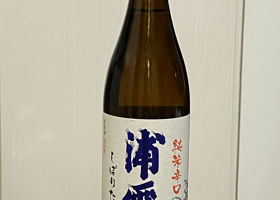
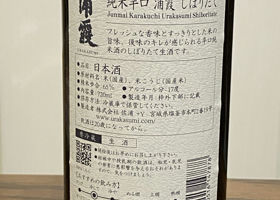
Y.TokushigeI went to buy it because I wanted to drink "Urasato" but I bought "Urakasumi" by mistake! 😓
Can't you read kanji? My idiot!
I went home and the tension dropped!
I've had Urakasumi in the past because it's famous, and I haven't had much of a chance to touch it lately because it's been famous for so long, but I'll take this as a good opportunity to try it!
I drank it and found it to be
Fresh, crisp and dry with a strong umami flavor.
Not bad, as I'm getting to like umami types lately!
It's as umami as the snacks, but it has a sharpness that doesn't get in the way and makes the drink go down a treat! Not bad!
Rice used for sake → Manamusume
Rice polishing ratio: 65
Alcohol content→17
Sake degree → +7
Acidity → 1.4 WOMY.Tokushige. Nice to meet you! From one letter difference, a new discovery. A new discovery from a mistake. There is such a thing as buying sake, isn't there? Also good. I mistook Hakusen and Takeyuki for Shiboritate with only blue letters! But I'm glad I found Takeyuki. Y.TokushigeThis is another repeat product that I would like to make an annual tradition!
The aroma is faint. Soft flavor, acidity, sweetness, and bitterness. It is gradually delicious. It has a sweetness, but it is also very smooth and can be enjoyed as a sake with a meal.
Sake rice→100% Izuwasanbaku from Yamagata Prefecture
Rice polishing ratio→45
Alcohol content: 16%.
Sake degree → -4
Acidity → 1.4
Amino acidity → 0.8
Yeast → Yamagata yeast YK009 Y.TokushigeThe main taste is rice flavor and acidity. There is also a hint of sweetness. It is fire-roasted but has a fresh feeling. It is simply delicious without being boring to drink. It does not interfere with food, and the gentle acidity helps to reset the palate.
It is a sake that you should always have on hand.
Sake rice→Niigata rice 60% polished rice
Alcohol content→14%.
Yeast → Niigata G9 yeast Y.TokushigeI bought it last year and liked it so much that I bought it again this year. It is 100% Omachi, which I like, but it is cheap and good value for money because it is made from rice outside of the same category.
It is fruity but not too sweet, with a good balance of acidity and umami, and a clean aftertaste. It is still my favorite.
Sake rice: 100% Omachi produced in Okayama Prefecture
Rice polishing ratio→60
Alcohol content→16
Sake degree→Around +8
Acidity → around 1.7
Amino acidity → around 1.1 Y.TokushigeClean mouthfeel from firm umami. I like its fresh acidity and sharpness.
Sake rice→100% Yamadanishiki
Rice polishing ratio→60
Alcohol content→18 RecommendedContentsSectionView.title
